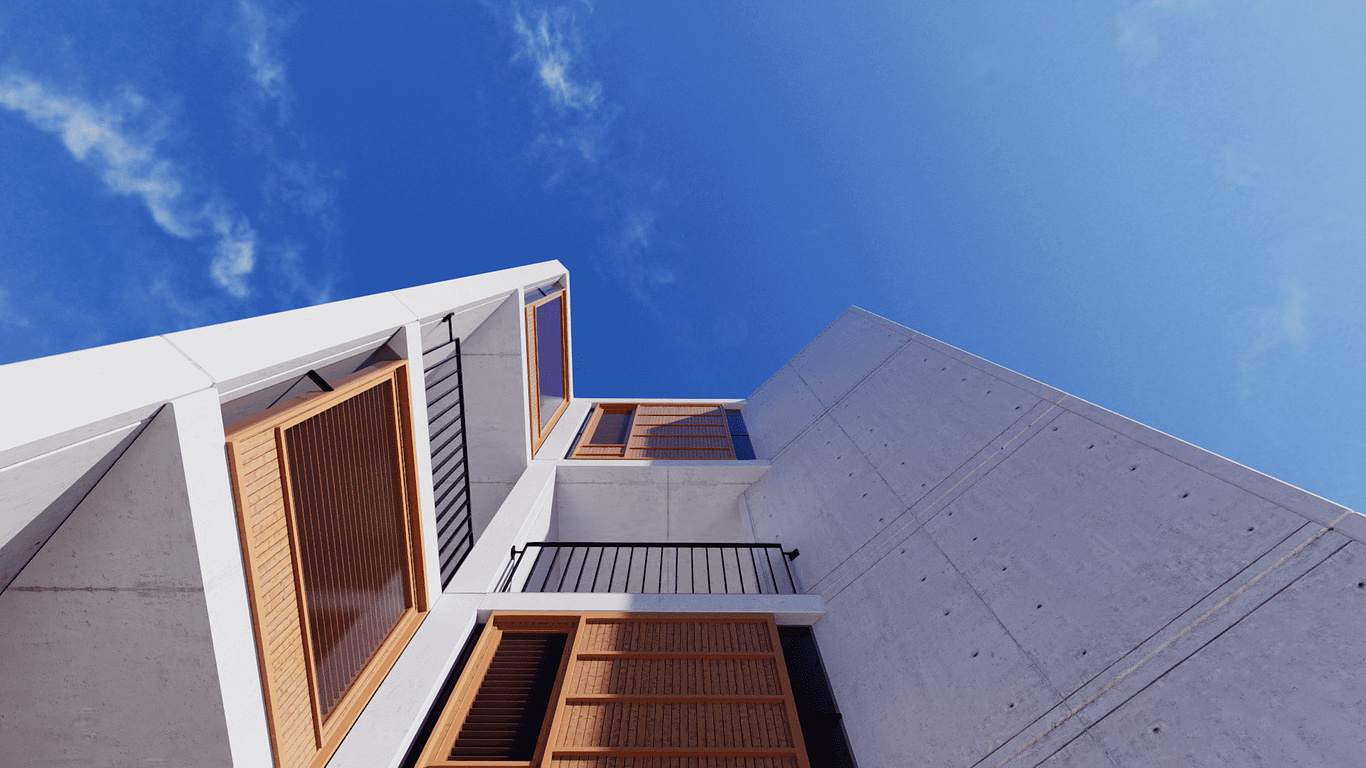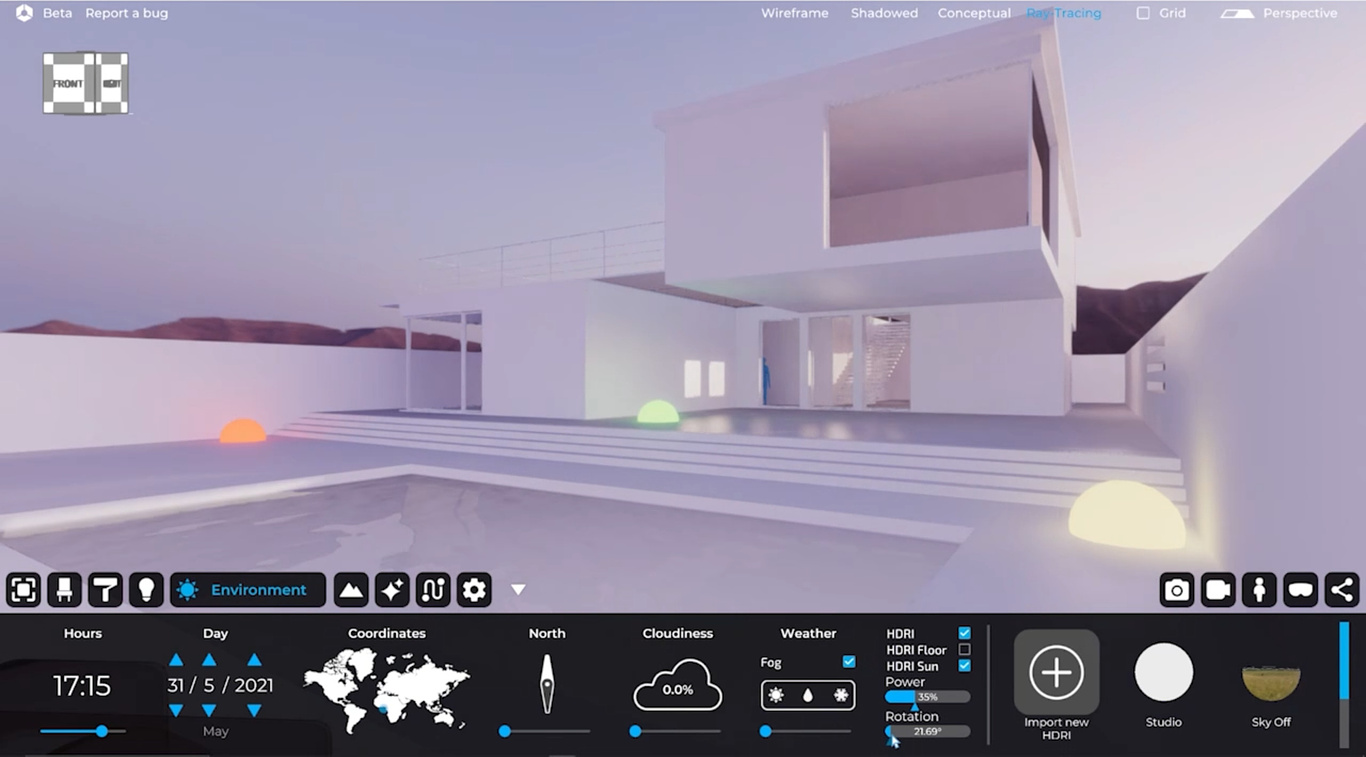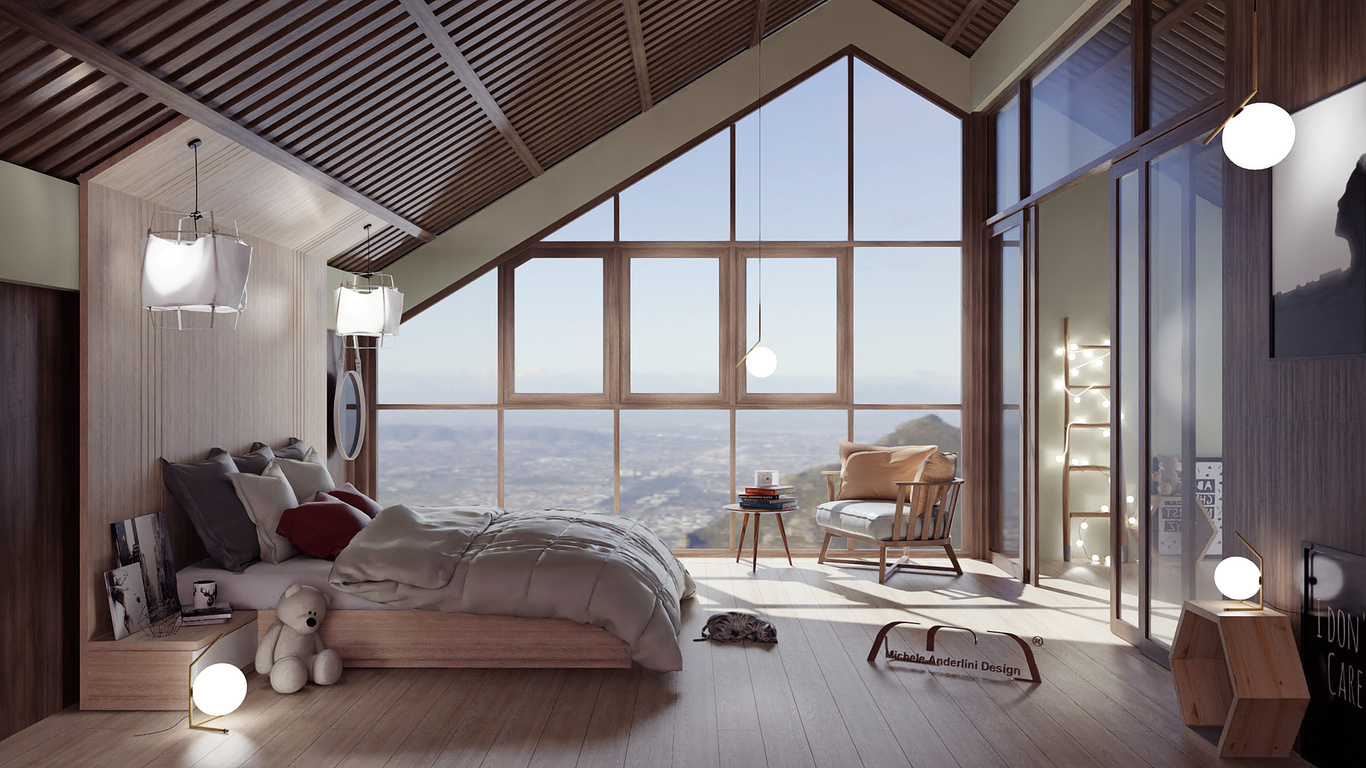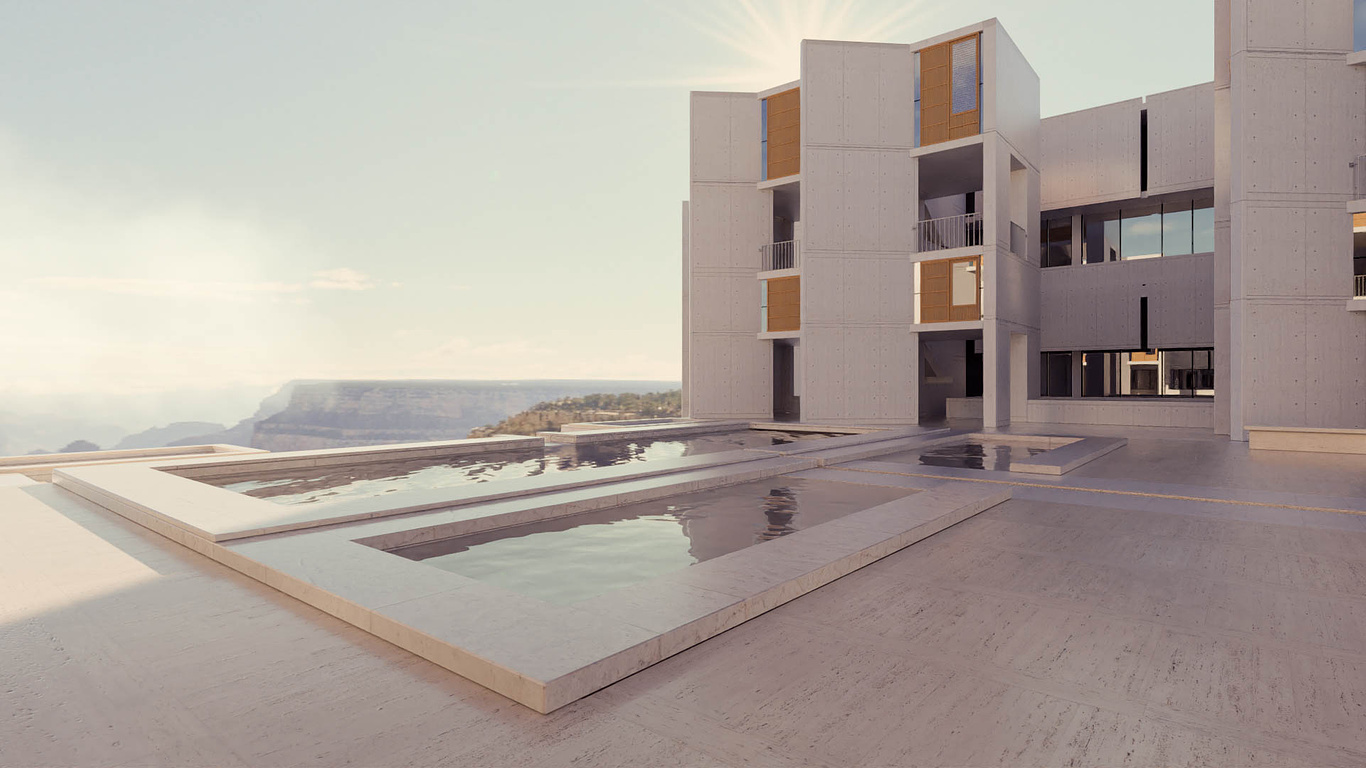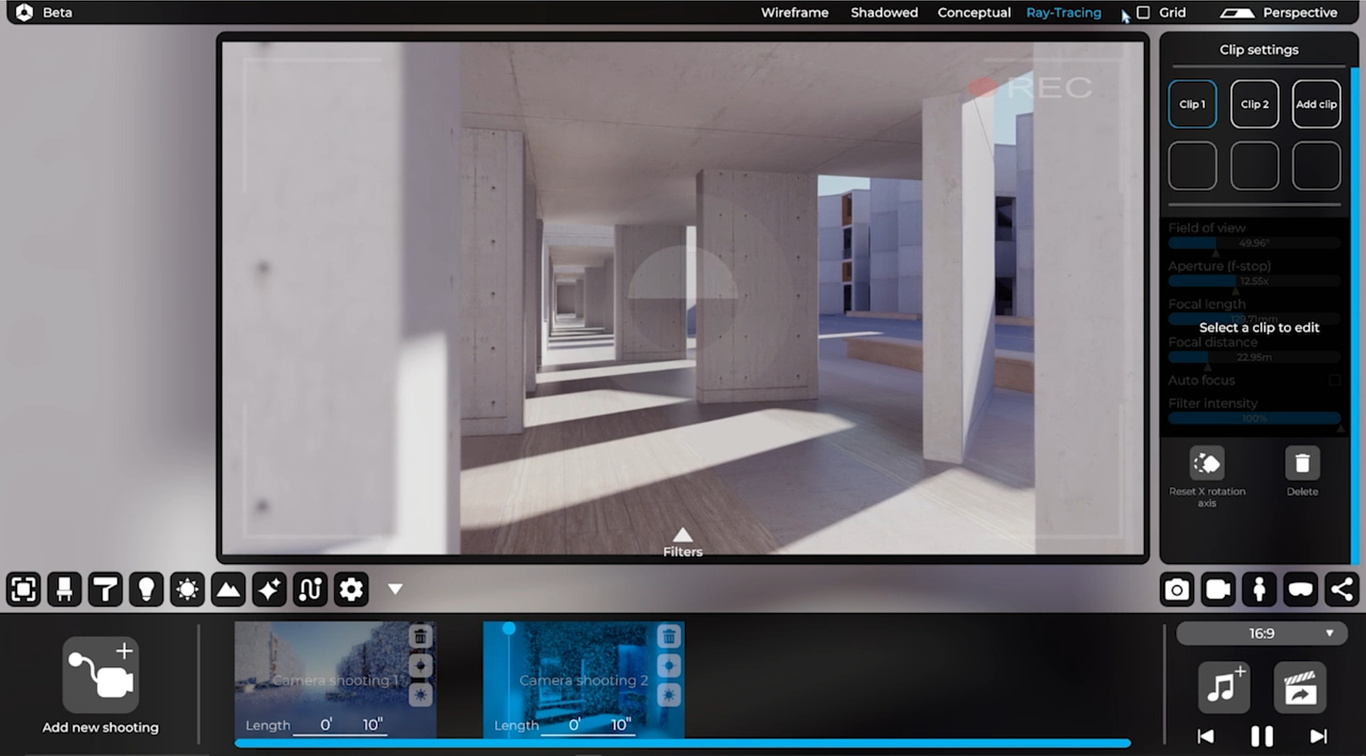
Other
Eyecad VR Render Now Available in Free Open Beta
Digital Atom has launched the free open beta of Eyecad VR Render, its new real-time rendering software. The artist-friendly application aims to meet the production needs of professionals working in architecture, engineering and construction, harnessing the powerful hardware-accelerated ray tracing technology available in current NVIDIA GPUs to create photorealistic images, animations and interactive tours.
A streamlined, user-friendly architectural rendering application
It has been over four years since virtual reality software Eyecad VR made its debut in the market. Now its developer, Italian software house Digital Atom, is back with Eyecad VR Render. Following the same minimalist design logic as its predecessor, the new application aims to provide architectural professionals with powerful real-time rendering capabilities without burdening them with unnecessary controls.
It has been over four years since virtual reality software Eyecad VR made its debut in the market. Now its developer, Italian software house Digital Atom, is back with Eyecad VR Render. Following the same minimalist design logic as its predecessor, the new application aims to provide architectural professionals with powerful real-time rendering capabilities without burdening them with unnecessary controls.
The interface is based on that of a real-time 3D engine, minimizing the number of panels and menus displayed on screen, and maximizing the space available for the 3D scene being rendered. The design ensures that the user's attention remains focused on the project itself, not on managing complex technical settings.
Eyecad VR Render prioritizes the simplicity and immediacy of the user experience, automating complex tasks to make creating 3D scenes a drag-and-drop process. It then takes only a few clicks to render those scenes in a range of formats suitable for most modern architectural visualization work.
Bringing real-time ray tracing to architectural visualization
Eyecad VR Render is capable of generating a surprising range of rendered output, from high-resolution still imges to cinematic animations, interactive 360-degree panoramas and tours, and immersive virtual reality environments.
Eyecad VR Render is capable of generating a surprising range of rendered output, from high-resolution still imges to cinematic animations, interactive 360-degree panoramas and tours, and immersive virtual reality environments.
This combination of simplicity and flexibility – only possible with modern real-time 3D software – makes Eyecad VR Render an ideal tool for designers with little previous experience of computer graphics.
For experienced arch viz artists, the most attention-grabbing feature of Eyecad VR Render will be its real-time ray tracing capabilities, available to users with NVIDIA RTX graphics cards like those of the GeForce RTX 20 and 30 Series. Although the toolset is still evolving, real-time ray tracing is suited to a range of uses in planning and design, avoiding the need to resort to slower, more complex offline renderers.
Over 2,000 3D models and 600 PBR materials optimized for real-time rendering
To enable users to fill out a 3D scene after they have imported their project model, Eyecad VR Render comes with a library of stock 3D assets like cars, people, vegetation and street furniture, avoiding the need to waste time creating generic objects from scratch, or importing them from third-party collections.
This 3D model library has been greatly expanded since the release of Eyecad VR. Today, Eyecad VR Render users can choose from over 2,000 unique models, many of them animatable, making it possible to set paths for people or vehicles simply by choosing start and end points within the scene.
Eyecad VR Render also comes with over 600 high-quality PBR materials, provided in partnership with online library Poliigon. As well as providing readymade materials of a range of common architectural types, users can customize them to create their own unique assets, or even create their own custom shaders.
On importing a material, the software automatically generates texture maps for each of the main PBR channels. Users can then adjust material parameters interactively, with the real-time viewport providing an accurate preview of secondary effects like reflections and normal maps, and procedural effects like scratches and surface wear.
Create ray traced architectural renders in seconds
Rendering a still image in Eyecad VR Render is easy. Once the scene has been set up in the editor, the user just chooses a camera position and selects the quality and resolution required, and the software generates the final image in a few seconds.
Cinematic videos are a fundamental tool for anyone wanting to present a project in a dynamic way, but until recently, rendering even an individual frame of a ray traced animation took hours of computation. In Eyecad VR Render, the process takes only a few minutes, even at the highest quality settings.
Eyecad VR's Video Maker mode has been improved in Eyecad VR Render, adding useful functions like presets for the aspect ratios used by social media platforms like Instagram and Facebook, while professional camera controls make it possible to create videos with an even greater visual impact.
Create photorealistic interactive panoramic tours in a few clicks
Remote working is now a reality for many professionals in the industry. Aware of the new needs of the community, Digital Atom has harnessed Eyecad VR Render's ray tracing engine to enable users to create photorealistic interactive tours of their projects and share them with clients and collaborators anywhere in the world.
Eyecad 360, available as part of Eyecad VR Render, generates pre-rendered 360-degree panoramas that can be viewed interactively via a standard web link, without the need for a powerful desktop PC, or to install external software. The tool will continue to receive updates while Eyecad VR Render is in beta.
Now available in free open beta
Eyecad VR Render is currently available free in open beta. To download the software, visit the product website: https://eyecadvr.com/render/
To submit feedback, request technical support, or to share your work with the community, visit the Eyecad VR forums: https://eyecadvr.com/community/forum/
You must be logged in to post a comment. Login here.
About this article
Intuitive new real-time rendering software creates ray traced architectural stills, animations and interactive product tours in a few clicks
visibility3.22 k
favorite_border1
mode_comment0


